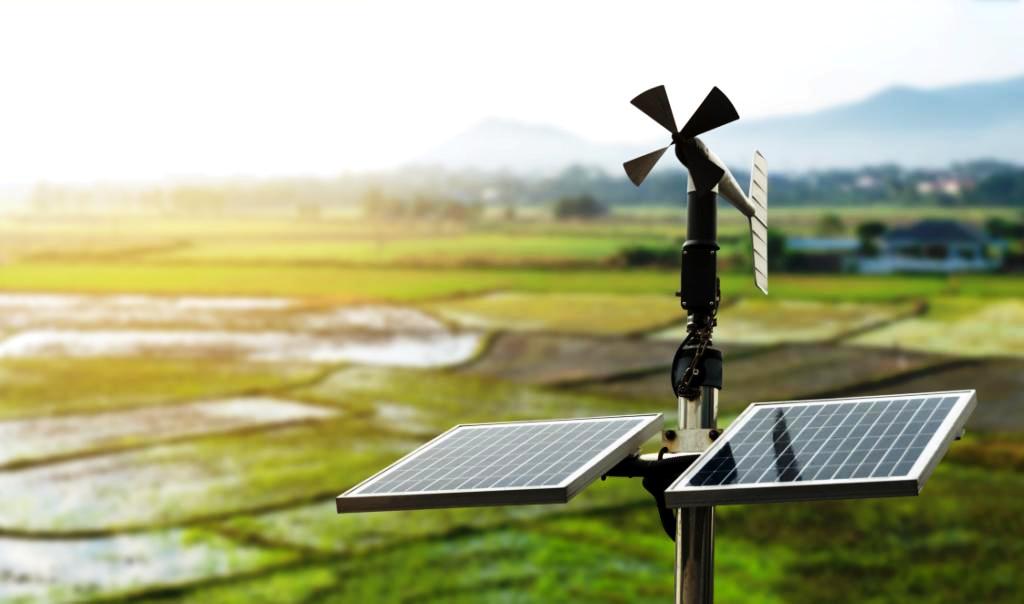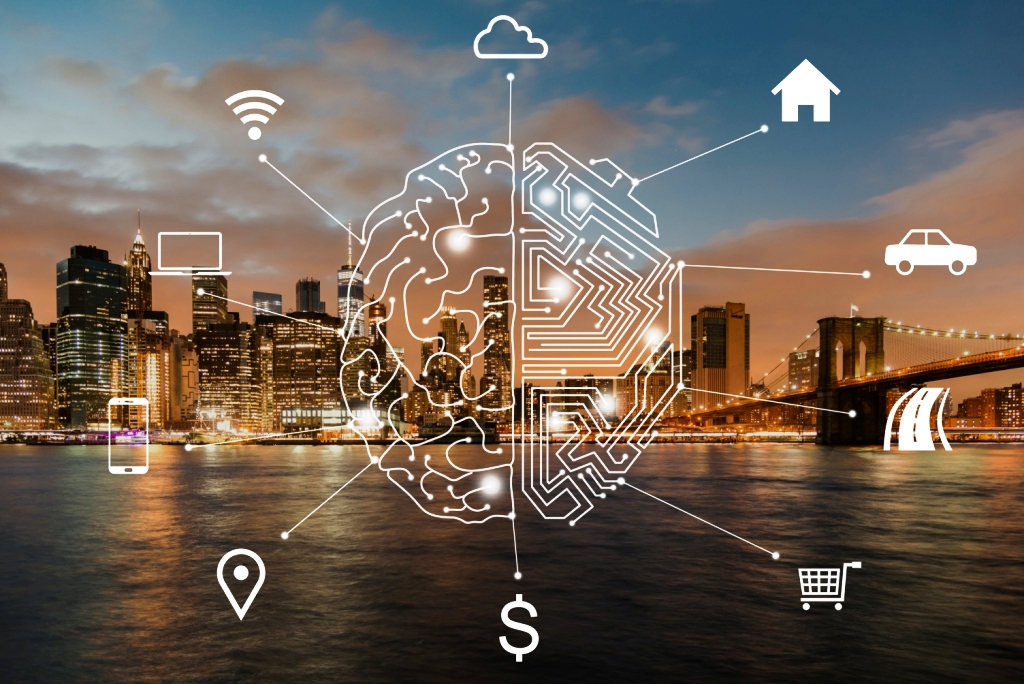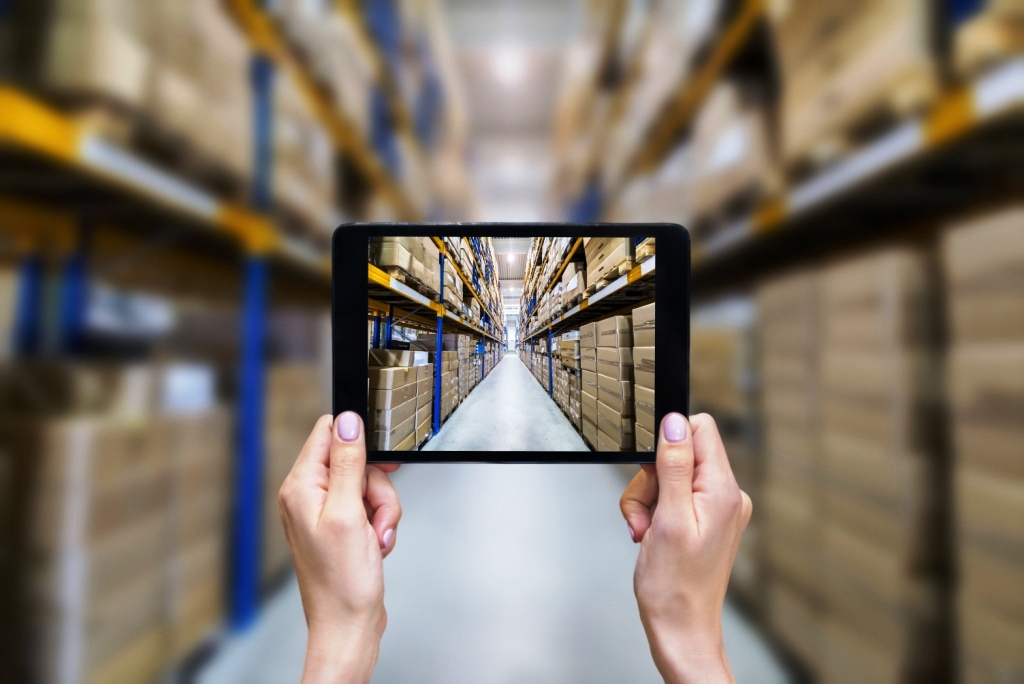COVID-19 has upset nearly every prediction and business plan for 2020 across the planet. Making predictions for 2021 may seem like a fool’s errand at this point, but many trends and consequences are already obvious and emerging from the global pandemic.
The last global pandemic of this magnitude, the Spanish Flu of 1918-1920, coincided with the end of WWI and is thus difficult to disentangle. But the two world wars of the 20th century do offer some guidance as to how civilization reacts to such enormous adversity.
The first lesson is that these hardships are not only overcome, but overcome rather quickly and profoundly. The aftermath of WWI brought in the Roaring 20s, the automobile, the radio, the replacement of coal by oil, synthetic rubber, blood banks and the Haber-Bosch process. WWII was followed by a multi-decade expansion that included computers, air passenger travel, atomic energy, space travel, antibiotics/vaccines and television.
 War, pandemic, depression and deprivation made an impact in three important ways:
War, pandemic, depression and deprivation made an impact in three important ways:
- The introduction and adoption of new technologies (NT) and new applications (NA).
- The introduction and adoption of new business models (NBM).
- The opening of new market niches (NMN), made possible by the demise of the pre-war status quo.
In the same way, new COVID-19-driven applications, processes and market niches are already manifesting themselves, concentrated primarily in these five areas:
- Retail
- Education
- Health care
- Work-life
- Supply chain
Let’s examine each in more detail …
Retail
Virtual commerce (NMN): Virtual commerce is one of the top emerging industry segments for 2021. Out of necessity, online shopping and e-commerce has boomed during COVID. While online sales will still not pass 25% of the market until after 2025, the online experience of that 25% is going to be richer and easier to navigate. "Online shopping" will simply become "shopping."
Shoppable TV (NBM): Point-and-click ads and the ability to purchase items you see on TV shows or movies is a growing reality. Also known as insta-shopping, the key dependency will be the integration of payment, billing and shipping information into the media platform.
Urban/last-mile logistics (NT): Whether the domain is media, energy, transportation, finance or retail, the last-mile is still the most difficult and most costly to implement. Autonomous delivery, via drones or driverless vehicles, will see focus and investment, likely paired with blockchain for validation.
Other retail trends:
- On-demand economy – Immediate access to goods and services (NBM).
- Contactless payments – An old trend made relevant by a highly infectious virus (NMN).
- Social commerce – E-commerce driven by social interactions/influencers (NBM).
- Technology - Investment in reducing transaction and experience friction (NA).
Education
Online higher education has been an ongoing trend for over a decade. It's a market-based response to spiraling costs and accessibility for working professionals. While COVID has forced online education onto a largely unprepared primary and secondary school segment, it's also shown how technology can be applied to address wider and unmet student needs:
- A variety of flexible and customized courses (NMN).
- Microlearning – Education-ware at less than the full-course level (NMN).
- Game-based learning – Learning activities which incorporate gaming principles that drive repetition, failure, learning and accomplishment (NBM).
Health care
Out of necessity, COVID has demonstrated the feasibility of a variety of alternative health care delivery mechanisms. Telehealth, an emerging trend before COVID, has now become standard practice in many cases. It's even achieved a level of consumer acceptance and expectation.
 Alternative providers – The move away from doctors to physician assistants and nurse practitioners has accelerated greatly and will likely not return to pre-COVID norms (NBM).
Alternative providers – The move away from doctors to physician assistants and nurse practitioners has accelerated greatly and will likely not return to pre-COVID norms (NBM).- Connected/smart hospital – Telehealth is putting strict demands on the entire healthcare system to digitize even further beyond the current EMR push, into a connected infrastructure of medical devices and patient data (NT).
- Robotics coupled with AI and VR – Monitoring, diagnosis, supply/meal delivery, transporting samples, dispensing medication, rehab and surgery (NT).
Work-life
While the verdict is still out on how much of the workforce will remain remote in a post-COVID world, there will be no returning to the old norm. Especially since once unthinkable arrangements for work-from-home, flexible schedules, telecommuting and childcare are now seen as both possible and acceptable.
Telecommuting during COVID has put the spotlight on a perennial business management challenge: Communications. And it’s not just about Zoom meetings, but how to give feedback, conduct performance reviews, how to motivate and monitor, and how to handle remote team conflicts (NBM).
When the economy recovers, not every job will be reinstated with humans. Robots and other forms of automation, already a trend for decades, will take a big leap forward during the recovery. Not just on the factory floor, but in the Smart Office as well (NBM).
The workforce that does return will demand a healthy workplace (NBM).
 Smart Cities - Not only is the post-COVID workforce going to demand a safe workplace, it’s going to demand safer, more livable and sustainable cities and towns. Green will become part of the standard definition of the Smart City. The reduction in air pollution from a stay-at-home workforce has shown that cleaner air standards can be met with flexible hours, variable traffic/parking fees (NBM, NT, NA).
Smart Cities - Not only is the post-COVID workforce going to demand a safe workplace, it’s going to demand safer, more livable and sustainable cities and towns. Green will become part of the standard definition of the Smart City. The reduction in air pollution from a stay-at-home workforce has shown that cleaner air standards can be met with flexible hours, variable traffic/parking fees (NBM, NT, NA).
Second-tier cities – First-tier cities like New York, San Francisco, Tokyo, London, Paris and Hong Kong are all great, insanely expensive and crowded places to live. COVID remote work has shown that business can be conducted without every employee being located onsite at headquarters. COVID-driven technology and business practices are going to make second-tier cities like Austin, Raleigh, Toronto and Denver much more attractive to both employers and employees (NBM).
Supply chain
COVID has shaken supply chains to the core. They will not return to business as usual. Every aspect of every supply chain will be analyzed and re-engineered to take risk out of the next major disruption.
 Shorter, regional supply chains – Fewer points vulnerable to disruption (NBM).
Shorter, regional supply chains – Fewer points vulnerable to disruption (NBM).- Multi-region sourcing – Lowering supply chain risk with regional hubs (NBM).
- No-touch supply chains – Smaller, pre-packaged quantities that can be handled via automation, not human picking (NBM).
- SCaaS: Supply Chain-as-a-Service –The supply chain ecosystem is getting too large and complicated for individual manufacturers, distributors and retailers to manage effectively on their own. Instead, let an expert manage it holistically, end-to-end, for all the players in the ecosystem (NBM).
COVID has also accelerated digital transformation of the supply chain:
- End-to-end digital connectivity mediated by using IoT sensors/devices and blockchain (NT).
- Predictive analytics, AI and machine learning for better forecasting/planning (NA).
- VR/AR plus wearable devices to manage live and/or simulated warehouse and transport operations. (NT).
- Robotics, autonomous vehicles and drones for warehouse, long-haul, short-haul and last mile logistics (NT).
- Voice-activated processes to digitize and connect human interventions (NT).
- Cybersecurity/cybercrime – Supply chains aren’t vulnerable only to viruses. The connected digital transformation will bring larger risks in the cybersecurity realm, with annual global losses of over $10 trillion per year expected by 2025 (NBM).
Other trends
- 5G: Operating in three spectrum bands instead of one, the newer network offers higher bandwidth and lower latency. This opens up more possibilities for new AI deployments and new avenues when it comes to the IoT (NT).
- Energy/Oil and gas: As COVID subsides, demand will bring back oil shale/offshore exploration (NA).
- Gamification: To motivate consumers, employees, students, citizens and patients. Moving to mobile/social, enhanced with VR/AR, enabled by AI and 5G (NBM).
- Business models: C2C/P2P, G2C: E-commerce without a middleman; Direct government-to-citizen services (NBM).
- Voice and video: Emotional Intelligence in AI for sentiment analysis of voice/video interactions with consumers (NT).
- Surveys being replaced by intensive analysis of customer data (NBM, NA).
- Beyond the BRICs: Turkey, Poland, Indonesia, Vietnam, Thailand, Egypt, South Africa, Nigeria, Mexico – as alternative supply chain sources to Brazil, Russia, India and China. (NBM)
Relevant carryover trends from 2020
- IoT – Servitization: Where the product is a platform to deliver a service. Solutions deliver the outcomes their customers want and value. These solutions are captured in product-service systems (combinations of products and services). Customers only realize value from these when they actually receive the service – “value in use” (NBM).
- AI – Dynamic pattern recognition (e.g. shoplifting detection): Applying computer vision analytics to dynamic sequential data patterns to determine causes/behaviors. Not just to static images (NA).
- Health care – Real-world data: Extracting analytic insights from real-world data relating to patient health status and/or the delivery of health care quickly and thoroughly (NA).
- Climate risk – Central banks are now requiring climate risk to be included in stress testing & credit risk impacts (NBM).
- Computer vision, facial recognition and data privacy – Example: Recent Portland, Oregon law prohibiting the use of facial recognition software (NBM).
- AI – racially biased algorithms: The Black Lives Matter protests will put a renewed focus on potentially racially biased algorithms used in police profiling and judicial sentencing (NA).
